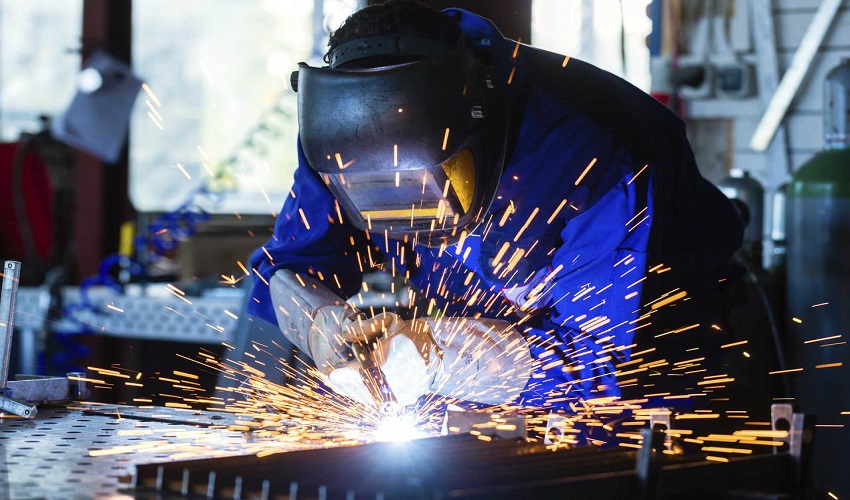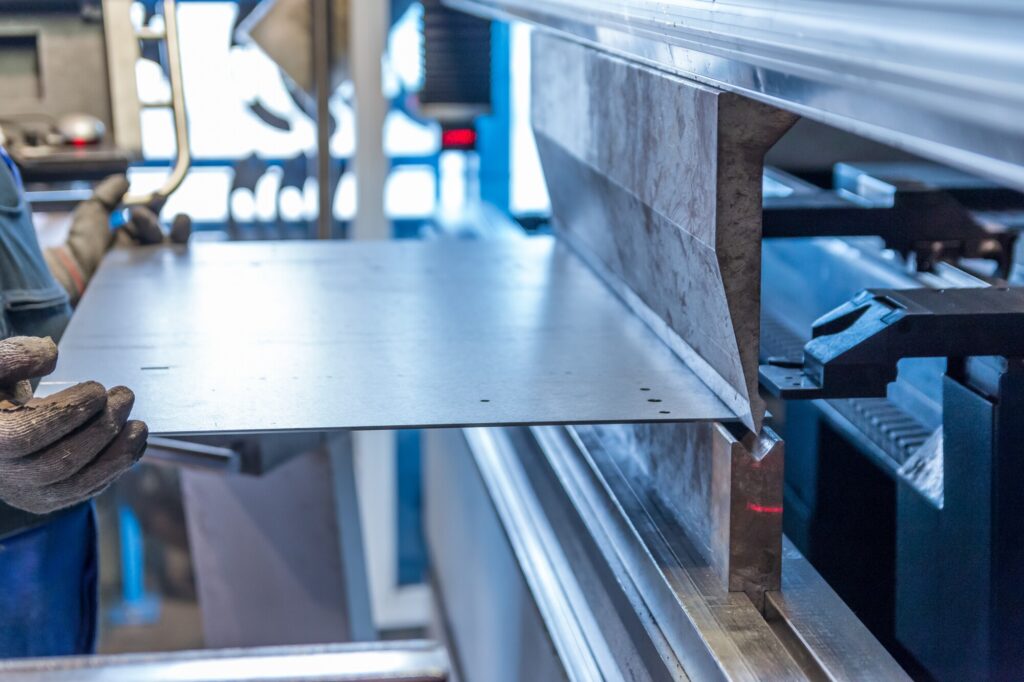Comprehensive Steel Fixing Solutions for Construction Projects
Comprehensive Steel Fixing Solutions for Construction Projects
Blog Article
Innovative Patterns in Steel Construction: Enhancing Sturdiness and Accuracy
In the realm of steel fabrication, the search of toughness and precision has actually caused a wave of cutting-edge patterns that are reshaping the sector. From innovations in welding modern technologies to the combination of robot automation in fabrication processes, the landscape of steel manufacturing is progressing swiftly. High-strength alloy development, coupled with the application of 3D modeling and simulation software application, is pushing the boundaries of what is attainable in terms of structural honesty and accuracy. The expanding emphasis on lasting practices in steel production is not just driving performance but likewise fostering a more ecologically aware approach to construction. These patterns are not simply shaping today however additionally laying the groundwork for the future of steel fabrication, guaranteeing more enhancements in toughness and accuracy.
Advanced Welding Technologies
In the realm of steel construction, the fostering of advanced welding modern technologies has considerably reinvented the sector's technique to accomplishing premium quality and precision in structural welds. Advanced welding modern technologies, such as laser beam welding and friction mix welding, have emerged as game-changers in the area. By leveraging these sophisticated welding strategies, steel makers can raise the longevity, stamina, and precision of their structural welds, meeting the significantly demanding demands of contemporary building jobs.
Robot Automation in Fabrication
Welcoming robot automation has become a cornerstone of contemporary steel manufacture practices, enhancing procedures and boosting effectiveness throughout the sector. Robots are transforming the method steel parts are made, providing exceptional accuracy and rate while lowering human mistake. These automated systems can deal with repetitive tasks with constant accuracy, causing better final result.
One secret benefit of robot automation in steel manufacture is the capacity to function all the time without tiredness, substantially raising manufacturing outcome. This continual procedure lessens downtime and accelerates job timelines, eventually saving prices for manufacturers. Additionally, robots can be set to do complex tasks that may be tough or unsafe for human employees, boosting safety and security in the work environment.
Additionally, robot automation allows seamless integration with other digital technologies, such as computer-aided style (CAD) software and Web of Points (IoT) systems (Alpha reo). This interconnected method improves interaction between different stages of manufacture, enhancing operations and making certain real-time surveillance and control. As the steel fabrication industry continues to progress, robotic automation sticks out as a transformative pressure driving performance and accuracy in manufacturing processes

High-Strength Alloy Advancement
The advancement of high-strength alloy advancement in steel manufacture is improving the sector's strategy to boosting material durability and efficiency. High-strength alloys are crafted to display remarkable mechanical buildings, such as raised tensile toughness, strength, and deterioration resistance contrasted to typical steel qualities. By integrating these innovative alloys right into construction processes, manufacturers can produce parts that stand up to higher stress degrees and rough settings, resulting in more durable and reliable output.
One trick advantage of high-strength alloy development is the capacity to minimize product thickness without endangering architectural integrity. This not just leads to lighter-weight components however additionally contributes to set you back savings and enhanced performance in manufacture and assembly procedures. The improved strength-to-weight proportion of these alloys allows for the style and building and construction of structures with greater load-bearing capacities while lessening overall weight.
3D Modeling and Simulation Software Application
Innovations in steel manufacture procedures have actually been dramatically propelled by the integration of advanced 3D modeling and simulation software application tools. These devices allow makers to produce in-depth online designs of their tasks, allowing them to picture the final product with precision before any physical work starts.

Sustainable Practices in Steel Production
Including lasting techniques right into steel production processes is important for minimizing ecological impact and making certain lasting source schedule. One crucial sustainable technique is the adoption of energy-efficient technologies to minimize greenhouse gas discharges during the steel manufacturing procedure. This includes using eco-friendly energy resources, such as solar or wind power, to power steel plants and applying energy-efficient tools to optimize energy use.
One more vital element of sustainable steel production is the responsible sourcing of resources. This entails making certain that the iron ore and other sources used in steelmaking are gotten from moral and environmentally friendly sources. By promoting transparency in the supply chain and adhering to rigorous environmental requirements, steel manufacturers can lessen the negative effects of resource removal on neighborhood ecological communities and communities.

Conclusion
To conclude, the innovative trends in steel manufacture such as innovative welding modern technologies, robot automation, high-strength alloy advancement, 3D modeling and simulation software application, and sustainable practices are improving the resilience and accuracy of steel products. These developments are reinventing the steel construction market by improving quality, sustainability, and performance. It is clear that the future of steel manufacture hinges on embracing these cutting-edge modern technologies to fulfill the needs of modern-day building and production markets.
In the world of steel manufacture, the search of durability and precision has led to a wave of innovative patterns that are improving the sector.In the world of steel fabrication, the fostering of sophisticated welding modern technologies has substantially transformed the sector's technique to attaining exceptional quality and accuracy in structural welds. As the steel manufacture sector continues to advance, robot automation stands out as a transformative force driving performance and precision in making procedures.
Additionally, recycling and recycling steel scrap and waste materials play a significant function in improving the sustainability of steel manufacturing. metal fabrication melbourne.In conclusion, the innovative patterns in steel construction such as innovative welding innovations, robot automation, high-strength alloy growth, 3D modeling and simulation software program, and lasting practices are boosting the resilience and precision of steel products
Report this page